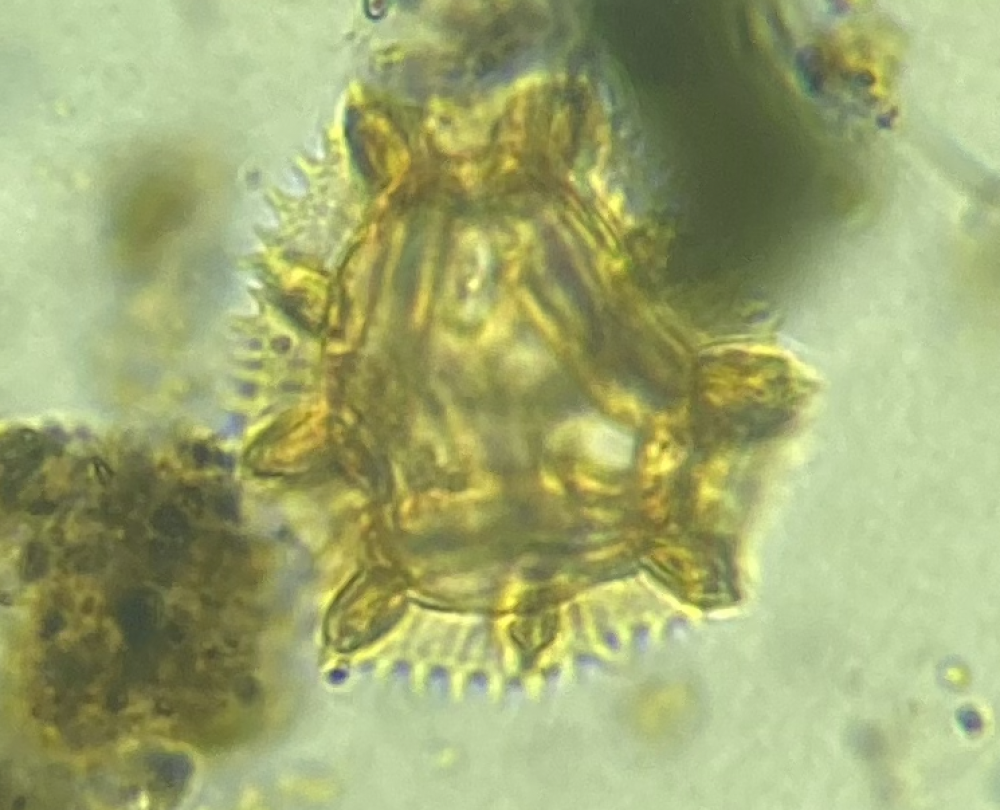Auteurs : Gabriel Hes et Maud Chevalier
A recent collaboration between climate scientists from LSCE and palynologists from Université de Bordeaux has led to a first estimation of forests' impact on the global carbon cycle during the last fifth deglaciation (Termination V, 433–404 kyr BP). By gathering the available pollen records, the scientists were able to reconstruct the evolution of forests across latitudes. This reconstruction was then used to evaluate the simulated forests in the iLOVECLIM climate model. Despite model biases, both simulations and pollen reconstructions showed a strong expansion of the temperate and boreal forests at the onset of Termination V, which could have contributed to hamper the increase in atmospheric CO2 concentrations through carbon removal. Although there is still an significant lack of data worldwide, this study highlights the potential for pollen reconstructions to effectively improve our representation of terrestrial biosphere in climate models and ultimately to achieve a better understanding of the carbon cycle over periods of changing climate. Therefore, current research is now devoted to apply the same methodology to Termination TIV (344-321 kyr BP) with the idea to compare the response of terrestrial biosphere with that of Termination V.







